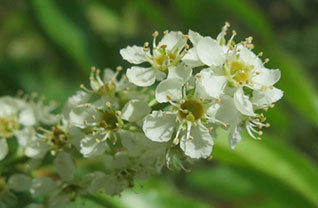Featured BIOSPEX Project
Wetland Specialist Plants of Virginia

Contact
Organization
Partners
South East Regional Network of Expertise and Collections (SERNEC) and the Virginia Master Naturalists.
Funding Source
National Science Foundation #EF-1410086, “Digitization TCN: Collaborative Research: The Key to the Cabinets: Building and sustaining a research database for a global biodiversity hotspot.” and the Virginia Native Plant Society.
Description
Wetland plants protect water quality and comprise a unique flora in Virginia. Help us learn more about them – hip-waders not required!
Wetland plants enhance water quality, stabilize shorelines, and provide food and shelter for aquatic animals, including many game fish. Their ecosystem services are so important that the US Army Corps of Engineers has compiled the National Wetland Plant List, which is an essential tool for wetland delineation and restoration. These species share an absolute intolerance for dry, upland conditions and, unless one is a fan of muddy hikes or kayaking, they are not easily encountered. In many cases, species of entire genera are restricted to wetland communities that range from mesic shaded ravines and forested seeps, to sunny bogs and ponds, to coastal salt-marshes. Consequently, the wetland specialist plants of Virginia comprise a flora unto themselves. In this project, we have assembled herbarium specimens from over 400 different species that grow in Virginia wetlands - from lycopods to quillworts to ferns to flowering plants. Help us uncover them all, from the tiny Wolffia spp. to the majestic Swamp Tupelo (Nyssa aquatica). Inset: flowers of Kosteletzkya pentacarpos (Virginia Saltmarsh Mallow). Banner: Tidal riverine habitat on the Eastern Shore of the Chesapeake Bay.
Incentives
Geographic Scope
The Commonwealth of Virginia, USA
Taxonomic Scope
Vascular plants
Temporal Scope
1880's to present
Language Skills Required
English




